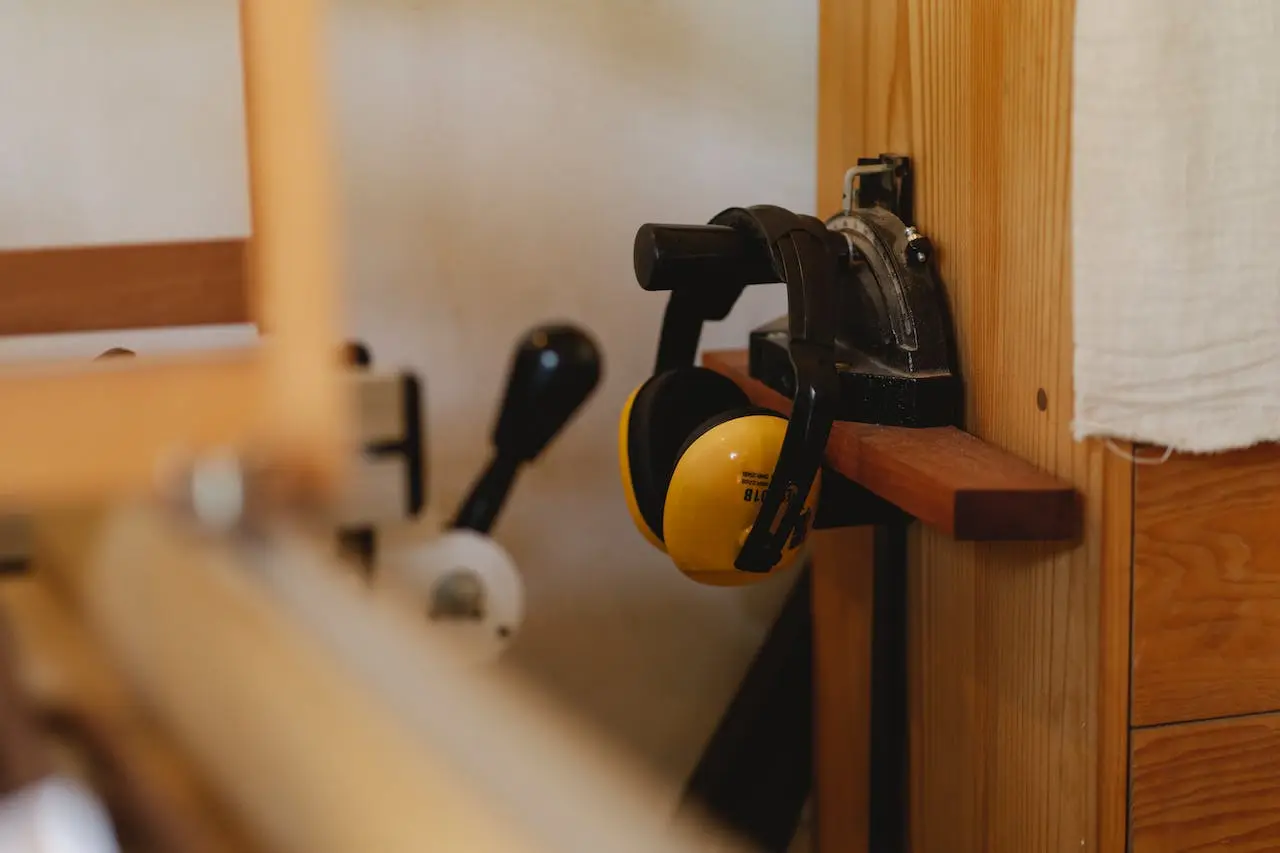Warehouse work is not typically associated with specialized protective clothing, helmets, goggles or aprons, although even here, of course, there are certain dress codes to be followed. According to health and safety requirements, one of the basic protective elements used for work in the warehouse should be properly selected safety shoes. These, having not only a special anti-slip sole, but also special ankle protection or metal toecaps to protect against falling objects, should be able to ensure safe work both when packing small cartons and working around forklifts. Unfortunately, accidents in warehouses are more common than one might think, and while shoes are not the only means of protection, in the case of falling objects they are one of the most important means of personal protection for the worker.
Employer's obligations regarding protective clothing for warehouse workers
According to Article 237 (7) of the Labor Code, the employer is obliged to provide employees free of charge with work clothing and footwear in accordance with the requirements of the job, the health and safety rules of the workplace as well as the generally accepted rules set forth in the Polish Standards. In accordance with these, as well as with the rules for working with forklifts, in the case of work in the warehouse and in high storage halls, employees are required to use protective footwear with reinforced toes. Although, of course, the use of a metal or composite toecap of sufficient strength does not guarantee complete protection of the toes from falling objects, they are able to protect the worker from most of them or significantly reduce possible injuries.
According to the current standards, footwear equipped with an internal steel, aluminum or plastic footplate that meets the standards of PN-EN ISO 20345:2007 Personal protective equipment - Safety footwear and PN-EN ISO 20346:2007 Personal protective equipment - Protective footwear is used to protect the feet from falling products, semi-finished products and other materials that pose a potential risk of injury. Depending on the level of risk envisaged for a given workstation, footwear with toecaps used in warehouses can be divided into two categories - toecaps that protect against impact with an energy of up to 200 J and a pressure of up to 15 kN, and toecaps that protect against impact with an energy of up to 100 J and a pressure of up to 10 N. These designations are translated in such a way that it is possible to assess the real danger at the work place - the footstools up to 200J are resistant to the impact of an object weighing up to 20 kg falling from a height of 1m, and it is on this basis that it is necessary to assess whether it is necessary to use safety shoes or safety boots.
What kind of safety shoes to choose?
 The current offer of our store includes a wide range of protective and safety shoes that meet all the assumptions of the above-mentioned norms and standards. The choice of a particular model should depend primarily on the comfort and preferences of the worker, and in many cases also on additional external factors that may require the use of safety shoes. Among the more interesting models appear the most basic protective boots BRCLUXREIS - comfortable half-boots made of nubuck and buffalo leather, reinforced at the heel and the instep with special plastic inserts. The sole of the shoe here was made of double polyurethane, so it is not only slip-resistant, but also oil-resistant. In addition, the shoes show resistance to impact with an energy of 200J and crushing up to 15kN.
The current offer of our store includes a wide range of protective and safety shoes that meet all the assumptions of the above-mentioned norms and standards. The choice of a particular model should depend primarily on the comfort and preferences of the worker, and in many cases also on additional external factors that may require the use of safety shoes. Among the more interesting models appear the most basic protective boots BRCLUXREIS - comfortable half-boots made of nubuck and buffalo leather, reinforced at the heel and the instep with special plastic inserts. The sole of the shoe here was made of double polyurethane, so it is not only slip-resistant, but also oil-resistant. In addition, the shoes show resistance to impact with an energy of 200J and crushing up to 15kN.
Another equally interesting variant of protective boots ideal for warehouse applications can be the BRXREIS_SPSP model of work (protective) half boots made of cowhide leather, with a special mesh that allows the foot to breathe and a design that ends under the ankle for optimal stability. The sole here is once again made of durable polyurethane, with a steel toecap built into the toe area, capable of withstanding impact with an energy of 200 J and crushing up to 15 kN.






